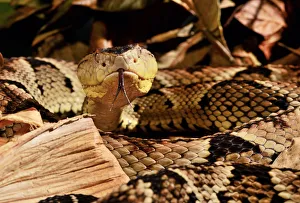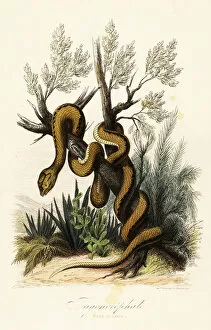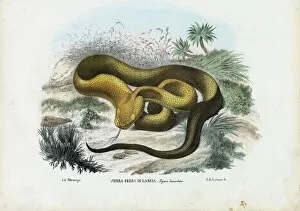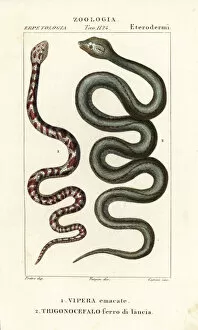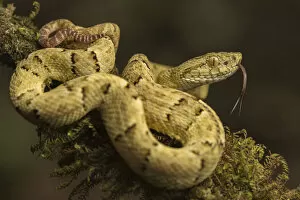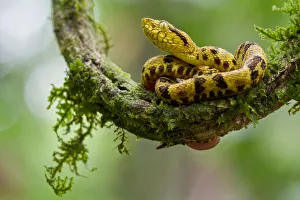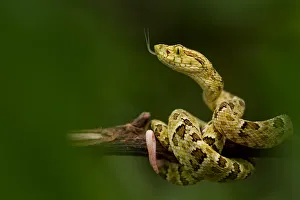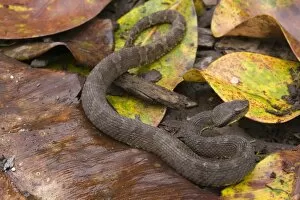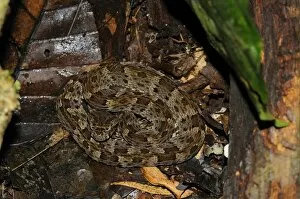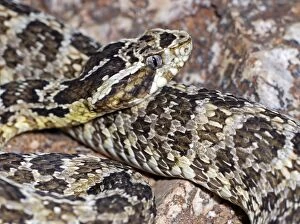Lancehead Collection
The lancehead, also known as the Fer-de-lance, is a captivating and endemic species found in various regions
All Professionally Made to Order for Quick Shipping
The lancehead, also known as the Fer-de-lance, is a captivating and endemic species found in various regions. One such example is the Fer-de-lance (Bothrops lanceolatus) captive in Martinique. This mesmerizing creature showcases its unique features while being held in captivity. In the rainforests of Corcovado National Park, another variant of the they are be spotted - the Fer-de-lance (Bothrops asper). Camouflaged on the forest floor, this snake blends seamlessly with its surroundings. Its ability to adapt and hide within nature's tapestry is truly remarkable. Speaking of camouflage, even the Martinique pit viper exhibits this incredible trait. Known for its vibrant colors and striking patterns, it captivates both scientists and enthusiasts alike. A stunning lithograph from 1863-79 beautifully captures this pit viper's essence. Interactions between different species are not uncommon in nature. The Ring-necked spitting cobra finds itself sharing an environment with the Martinique lancehead at times. These encounters showcase how diverse ecosystems can bring together creatures that are both fascinating and deadly. While snakes dominate discussions about lanceheads, other reptiles like house geckos and broad-tailed geckos add their charm to these habitats too. Their presence adds a touch of diversity to these environments where they coexist alongside their venomous counterparts. Venturing further into different regions reveals more variations of these intriguing vipers. From Ceylon pit vipers to berg adders, each subspecies possesses distinct characteristics that make them stand out amidst lush landscapes or cloud forests like those found in Choco region. As we explore deeper into these habitats, we encounter juvenile Spotted lanceheads curled up on branches along Rio Silanche or showcasing their extended tongues wrapped around Canande branches. These young snakes exhibit curiosity while still relying on their natural instincts for survival.


